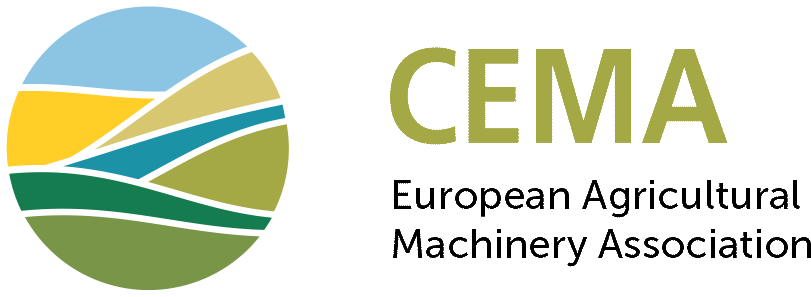The last meeting was a year ago, fostering the need for discussion
***
On 24th September 2020 the meeting of the Working Group on Agricultural Tractors (WGAT) was held. A busy agenda led to many fruitful discussions. Below, some of the topics touched upon.
Transition engines of 56 – 130 kW power range: the CEMA representative reminded that the Covid-19 situation has been showing its impact on the registrations of agricultural vehicles over the last months (significant drop of 20 – 25 %) and mentioned there would be an official request to consider vehicles fitted with transition engine with powers between 56 kW and 130 kW.
The Commission is monitoring this subject, and welcomes feedbacks from industry as well as from Member States to assess whether this is more of a production issue (cut in the supply) or a sale one.
Legal application on the single implementation date for On-Board Diagnostics in relation to Repair and Maintenance information: CEMA had officially raised the point during the WGAT meeting held in September 2019. The Commission finally stated that the single date of 1 July 2021 applies only to new types, i.e. when a new approval number is granted by an authority. For further details, see the article HERE. The written minutes of this WGAT meeting will be considered as the official document from the Commission on this subject; they should be available early October.
Use of wide tyres to avoid soil compaction (generating wider dimensions and/or higher loads): COPA/COGECA, in collaboration with CLIMMAR and CEETTAR, pointed to the issue that some countries do not allow national deviations to the dimensions/masses stated in (EU) Regulation 2015/208. This generates the impossibility to use specific vehicle structures useful to avoid soil compaction.
Although it was felt that it would be best addressed nationally, the Commission mentioned the possibility to proceed like in (EU) Regulation 2018/858 (Article 6 Obligations of Member States, Paragraph 5, 2nd subparagraph) for motor vehicles, where type-approved vehicles with deviating dimensions or masses may not be allowed by a Member State to circulate on the road, to be placed on the market, to be registered or to enter into service.
The German representative was asked to provide some further inputs on the situation in Germany, as similar rules apply there.
French presentation highlighting points of concern following accidents registered in France: this concerns mostly visibility, accessibility, electric tractors, ROPS for high clearance tractors, steering issues (specific steering controls or for tracked tractors). For most of these subjects, coordinated work between the French authorities and CEMA was recommended. It was suggested in particular to have a specific Ad Hoc Group to adapt the requirements applicable to E-tractors.
CEMA proposals: the position papers on permissible mass for 3-4 axle vehicles, spray suppression systems on trailers, fuses appeared to be well received and to be supported by the Commission; for categorisation R/S, there were no specific comments.
Hydrogen powered tractors: Dutch authorities requested information on how authorities in other Member States handle this kind of tractor.
Comments were requested from MS and stakeholders by the end of October 2020 for most of these subjects.







